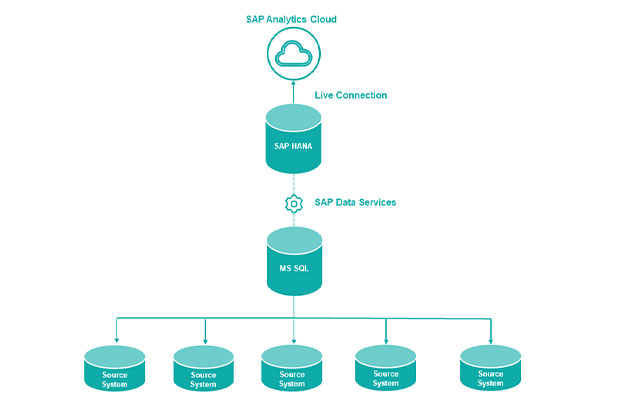Cloud
Swisscom Real Estate - SAP Lumira vs. SAP Analytics Cloud
La tendenza mostra che molti clienti stanno già utilizzando soluzioni di BI (business intelligence) nel cloud per poter sfruttare le opzioni di analisi self-service per i loro settori specializzati. Quando parliamo di cloud BI, non parliamo solo di vantaggi in termini di costi, ma di BI nel cloud come supporto per l'intera strategia di BI dell'azienda (ad esempio, soluzioni di analytics ibride, reporting self-service per l'infrastruttura aziendale e IT). Con le soluzioni di analytics in cloud, il cliente può ottenere tutte le più importanti funzionalità di analytics dal cloud con la semplice pressione di un tasto: Nessuna installazione, nessuna configurazione, maggiore disponibilità di dati e accesso ai dati, indipendentemente dalla posizione e dall'infrastruttura (rete aziendale).



